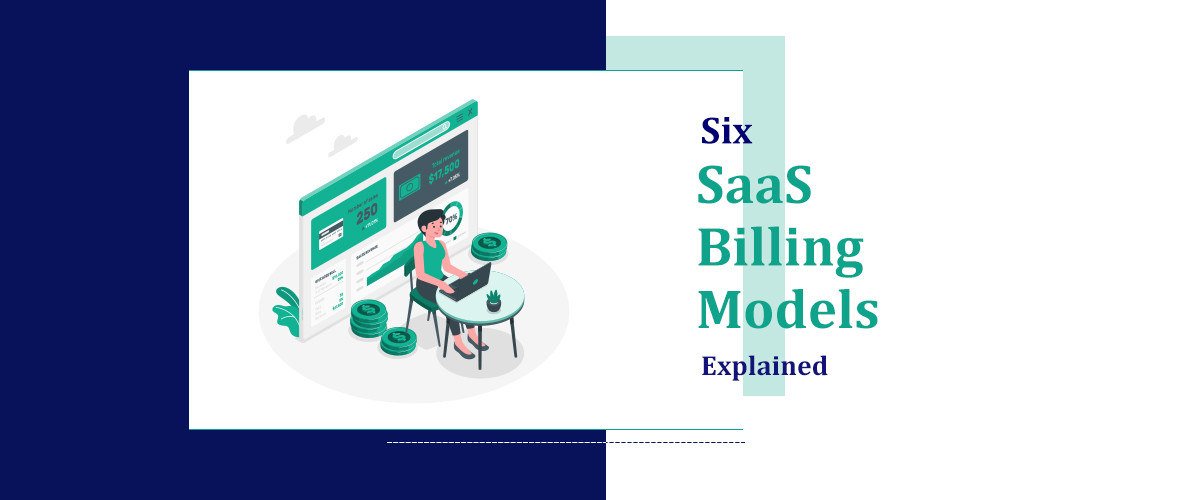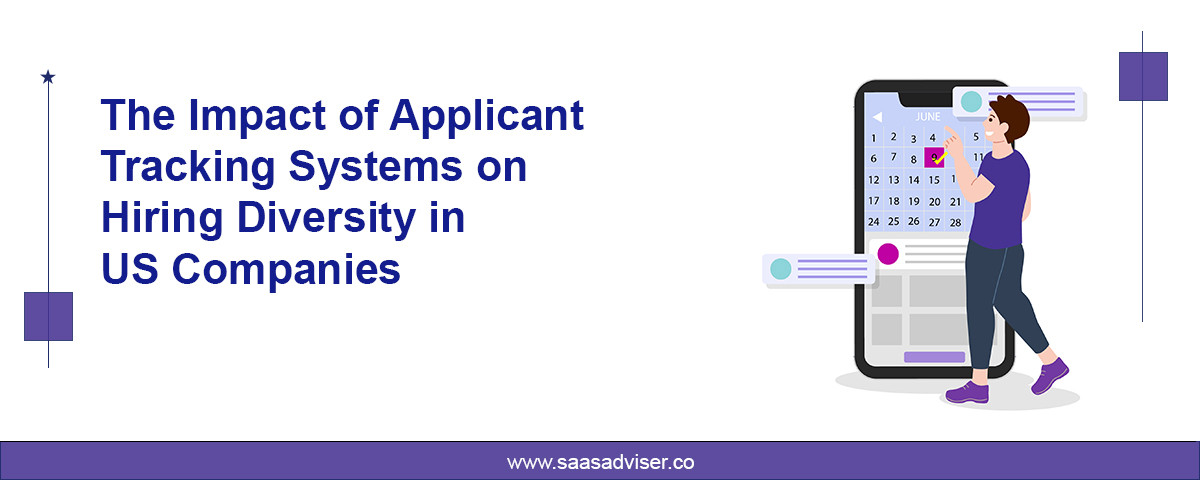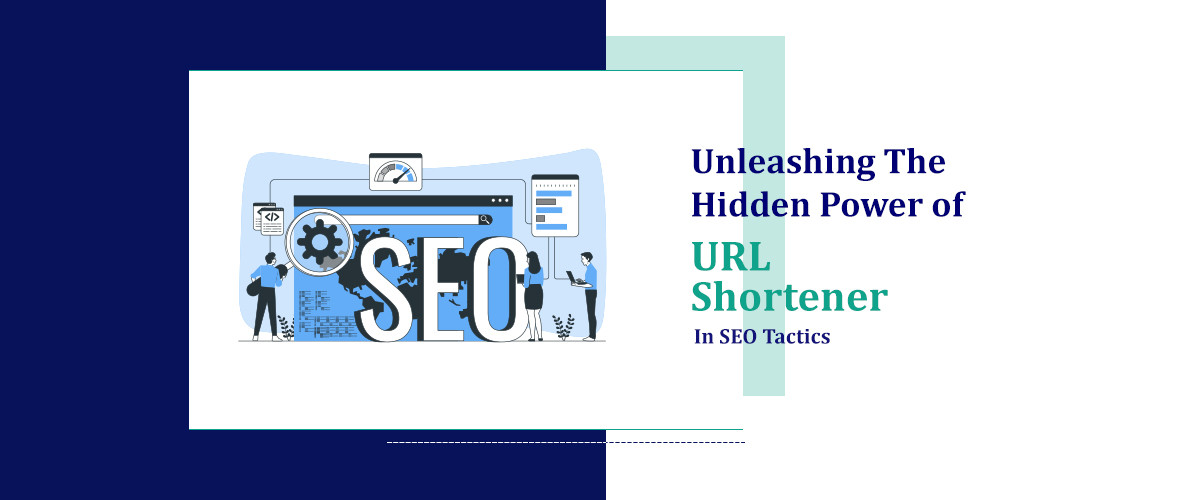What we'll cover
Picture this: you're a business executive at an all-you-can-eat buffet, but instead of food, it's various pricing models on the table. Just like choosing between sushi or pasta, SaaS companies face a big decision — picking the right billing model that won't just fill up their plates but also satisfy their customers' appetites.
So what exactly is a SaaS billing model? It’s essentially how a SaaS company decides to charge for its product(s) usage. It's like choosing between paying a flat rate for that buffet or being charged based on how many sushi rolls you grab.
Think of this article as a menu offering a taste of the six most popular SaaS billing models: Flat-Rate, Usage-Based, Freemium, Tiered, Per-User, and Per-Feature Pricing. We'll explore each one, spilling the beans on their pros and cons, and serving up examples from well-known SaaS companies. So, grab your fork, and let's dive in.
1. Flat-rate pricing
The flat-rate pricing model is a straightforward, subscription-based approach where users pay a fixed monthly or yearly fee to access the complete set of features of a software or service. This model is appreciated for its simplicity and predictability, making it an ideal choice for businesses aiming for a clear and easy-to-understand pricing strategy.
Advantages of flat-rate pricing
-
Simplicity and Clarity: Flat-rate pricing is easy to understand for both customers and sales teams, reducing confusion and making it simpler to market and sell.
-
Predictable Revenue: This model offers a stable and predictable revenue stream, as customers are charged the same amount regardless of how much they use the service.
-
Ease of Budgeting: For customers, flat-rate pricing is budget-friendly as it provides a clear cost without any hidden fees or variable charges.
Disadvantages of flat-rate pricing
-
Lack of Flexibility: It may not cater to the varying needs of all customers, as it doesn’t adjust the product's offerings or features based on individual customer requirements.
-
Potential Overpaying for Low Usage: Customers who utilize only a fraction of the available features may feel they are not getting full value for their money.
-
Limited Growth Potential: Since the price is fixed, revenue growth is tied to acquiring new customers rather than upselling existing ones.
For example, Basecamp, a popular project management SaaS, is a prime example of a company using flat-rate pricing. They have been consistent with this model since their inception, offering a comprehensive set of features at a single, steady price. This approach has garnered a steady influx of customers, showcasing the model's effectiveness in certain market segments.
Flat-rate pricing is best suited for companies offering a service that doesn’t vary significantly in terms of resource usage among different customers. Its simplicity makes it an attractive option for startups and small businesses that are looking for an easy-to-manage revenue model.
2. Usage-based pricing
Usage-based pricing, also known as pay-as-you-go, is a dynamic pricing strategy where customers are billed based on their actual usage of the service or product. This model aligns costs directly with consumption, making it an attractive option for companies offering services with variable usage patterns. There are various tools that simplify usage-based billing processes.
Advantages of usage-based pricing
-
Cost-Effectiveness: Customers pay only for what they use, ensuring fair pricing, especially for those with fluctuating or unpredictable usage.
-
Flexibility and Scalability: This model adapts to the changing needs of customers, scaling up or down based on usage, which is particularly appealing for growing businesses.
-
Encourages Usage: Customers are more likely to try and use new features when they know they are only paying for what they consume.
Disadvantages of usage-based pricing
-
Complex Billing: Usage-based pricing can lead to complex billing systems, as usage must be accurately tracked and billed. It necessitates the use of dedicated SaaS billing software.
-
Unpredictable Costs: For customers, costs can vary significantly from month to month, making budgeting more challenging.
-
Potential for Higher Costs: In scenarios of heavy usage, customers may incur higher costs than with flat-rate or tiered models.
Twilio exemplifies usage-based pricing in the SaaS industry. As a renowned SMS service provider, Twilio charges its customers based on the volume of text or picture messages they send, epitomizing the essence of paying solely for the resources used.
Overall, usage-based pricing is most suitable for services where customer usage is variable and unpredictable. It offers an equitable pricing strategy for both the SaaS company and the customer, aligning costs directly with consumption levels.
3. Freemium pricing
The freemium pricing model is a popular strategy in the SaaS industry, combining "free" and "premium" elements. This approach offers basic services at no cost, with more advanced features or capabilities available for a fee. The primary aim is to attract a broad user base with free offerings and then convert a portion of them into paying customers.
Advantages of freemium pricing
-
Low Barrier to Entry: The free aspect of the model encourages widespread adoption and user acquisition without immediate financial commitment.
-
Marketing and Brand Exposure: Offering a free version can serve as a powerful marketing tool, increasing brand visibility and user engagement.
-
Opportunities for Upselling: Once users are familiar with the basic features, there is potential to upsell premium features that provide additional value.
Disadvantages of freemium pricing
-
Low Conversion Rates: Typically, only a small percentage of free users convert to paying customers, which can challenge revenue generation.
-
Resource-Intensive: Supporting a large base of non-paying users can be costly, requiring significant resources for customer support and infrastructure.
-
Risk of Devaluing the Product: There's a risk that users might perceive the product as less valuable if they can access core functionalities for free.
► You May Also Like: 8 Surprising Time Tracking Software Secrets You Should Know
Spotify is a notable B2C SaaS example of a successful implementation of the freemium model. The company offers a basic ad-supported service for free and an ad-free premium service for a subscription fee. This strategy has been effective in attracting new sign-ups with the free version, and then funneling users into premium subscriptions.
The freemium model is particularly effective for SaaS companies looking to quickly build a large user base and gain market traction. While it poses challenges in converting free users to paying customers, it offers a valuable entry point for users to experience the product before committing financially. This model is often used in combination with flat-rate, usage-based, tiered, etc. pricing models.
4. Tiered pricing
Tiered pricing is a versatile and widely adopted model in the SaaS industry. It involves offering different pricing levels or "tiers," each with a specific set of features or services. This model caters to a diverse customer base, providing options for different needs and budgets.
Advantages of tiered pricing
-
Customer Segmentation: It allows businesses to segment their customers based on their needs and willingness to pay for additional features or services.
-
Flexibility and Choice: Customers can choose a tier that best fits their requirements and budget, enhancing customer satisfaction.
-
Upselling Opportunities: Companies can encourage customers to upgrade to higher tiers as their needs evolve, facilitating revenue growth.
Disadvantages of tiered pricing
-
Complexity in Choosing the Right Tier: With multiple options available, customers might face difficulty in deciding the most suitable tier for their needs.
-
Potential for Overpaying: Customers might end up paying for features they do not need if the tiers are not well-structured.
-
Limitations for “Heavy” Users: Users in the highest tier may exceed their usage without additional upsell opportunities, potentially leading to service strain without corresponding revenue increase.
For instance, HubSpot, a leading sales and marketing CMS platform, effectively utilizes tiered pricing. The company offers a range of tiers, each with its own set of business and operational benefits, catering to different sizes and types of businesses. Another example is Dropbox, which employs tiered billing, with each tier offering increased storage and sharing capabilities, allowing customers to move up a tier for more storage.
Overall, the tiered pricing model is well-suited for SaaS companies with a wide range of features and services. It strikes a balance between flexibility for customers and revenue opportunities for businesses, although it requires careful structuring to ensure customer satisfaction and avoid confusion.
5. Per-user pricing
The per-user pricing model, also known as per-seat pricing, is a straightforward approach where the cost is based on the number of users accessing the software. This model is particularly prevalent in the B2B sector and is favored for its simplicity and direct correlation between pricing and the number of users.
Advantages of per-user pricing
-
Simplicity: The pricing structure is easy to understand and communicate — a fixed cost per user.
-
Scalability with Business Growth: As a company grows and adds more users, the revenue from that customer naturally increases.
-
Predictable Revenue and Costs: Both the business and the customer can easily predict and budget for costs based on the number of users.
Disadvantages of per-user pricing
-
Discourages Wider Adoption: Smaller teams or startups may find this model costly, especially if they require access to a limited set of features.
-
Potential for Account Sharing: To avoid higher costs, users might share accounts, which can impact the security and integrity of user data.
-
Doesn’t Reflect User Engagement: This model charges the same for all users, regardless of how actively they use the software.
For example, Microsoft 365 solutions employ per-user pricing, which has proven effective, especially in enterprise environments. The model allows businesses to scale their subscriptions based on the number of end-users, offering a clear and predictable pricing structure. Another example is Canva, which offers per-user pricing for teams, charging a monthly fee that includes additional collaboration features not available in individual plans.
All in all, per-user pricing is an effective model for SaaS companies targeting businesses, especially those in the enterprise sector. It offers a clear, straightforward pricing mechanism that aligns well with the growth and expansion of B2B organizations.
6. Per-feature pricing
Per-feature pricing, also known as a la carte pricing, is a model where customers pay for the specific features or functionalities they choose to use. This model is highly customizable, allowing customers to tailor their subscriptions to their exact needs and preferences.
Advantages of per-feature pricing
-
Customization and Personalization: Customers can select and pay for only the features they need, enhancing cost-effectiveness and user satisfaction.
-
Upselling Opportunities: Businesses can encourage customers to purchase additional features as their needs evolve.
-
Flexible Pricing Adjustments: This model allows for easy price adjustments when introducing new features or updates, helping businesses set different price points based on feature demand.
Disadvantages of per-feature pricing
-
Potential for High Costs: Some customers might end up paying more by individually selecting features than they would with bundled pricing.
-
Complexity in Decision Making: The abundance of options can overwhelm customers, making it difficult to decide which features are necessary.
-
Risk of Feature Underutilization: Customers might pay for features they rarely use, leading to a perception of poor value for money.
Canva, the popular SaaS design app, utilizes per-feature pricing effectively. Users can start with a free model and then upgrade to paid versions for access to additional, more advanced features. This model allows Canva to cater to a diverse range of users, from individuals to large businesses, by providing options that suit various needs and budgets.
To sum up, per-feature pricing is ideal for SaaS companies offering a wide array of distinct and valuable features. It provides flexibility and personalization for customers but requires thoughtful structuring to ensure clarity and avoid overwhelming users with too many choices.
Wrapping up
And there you have it—now you have a clear understanding of the top six prevalent SaaS billing models, each catering to different customer needs and business strategies.
As you can see, each model presents its own set of pros and cons. The choice depends on the company's value proposition, target market, and growth objectives. By understanding the nuances of these models, SaaS companies can select a pricing strategy that not only aligns with their business goals but also resonates with their customer base, fostering growth and sustainability in the increasingly competitive SaaS landscape.


.jpg)

